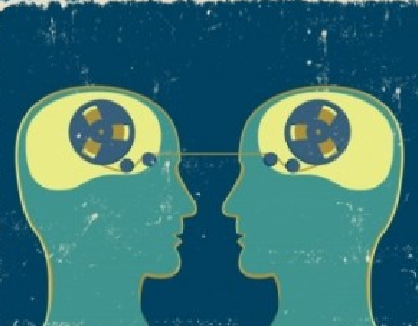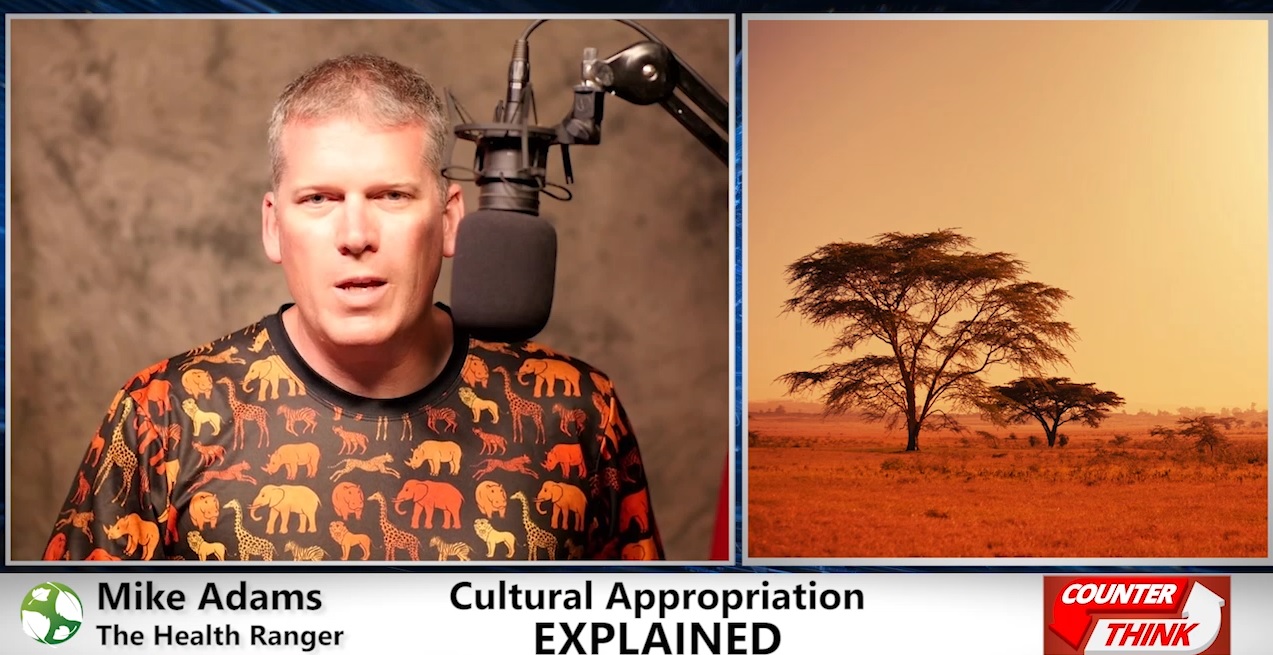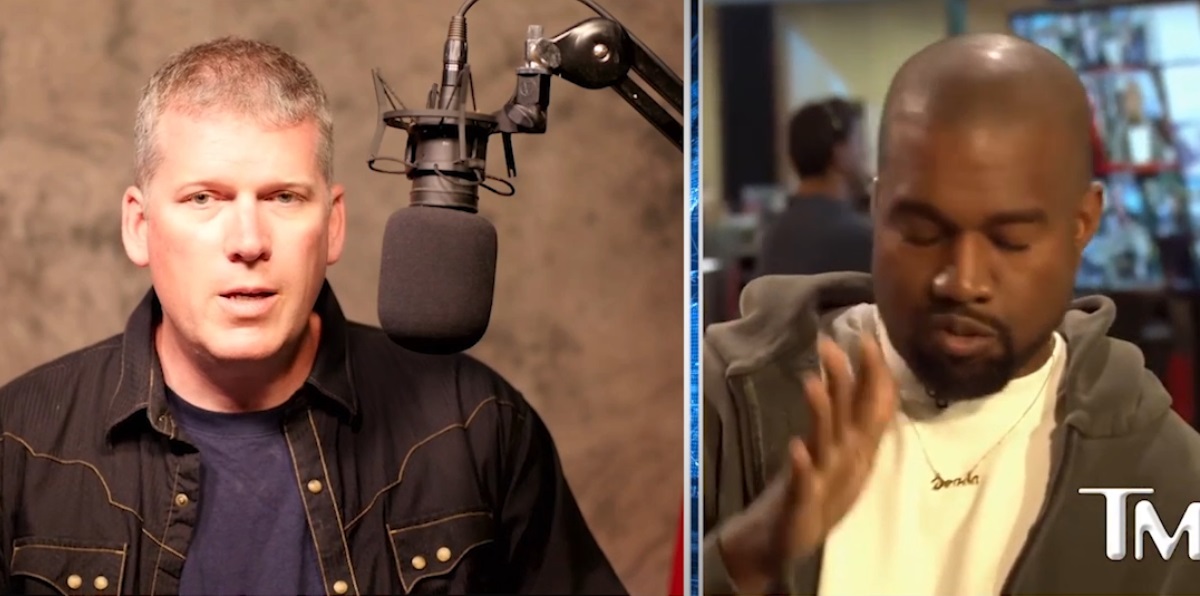DNA database suggests we are even more diverse than we thought
02/17/2017 / By Ethan Huff

You’ve probably seen the company’s advertisements for taking a DNA test to learn more about your family tree and genetic history. Well now, a new study by the popular genetic research group Ancestry.com offers some interesting insights into the ethnic makeup of the U.S. as a whole, revealing that Americans are much more diverse than many of us probably thought.
Published in the journal Nature Communications, the paper looked at DNA test results from more than 700,000 individuals who purchased kits from the Ancestry.com website, looking at where these people came from, how many generations of their families had lived in the U.S., and where they settled geographically. Using a series of network analysis techniques, scientists mapped out people’s relationships, places of residency, and migration patterns to look for commonalities and differences.
What this study revealed is that folks have immigrated to the U.S. from all over the world — which we obviously know — but more importantly, that people groups picked certain areas to live that still to this day bear pockets of ethnic diversity. People from Scandinavia, for instance, tended to migrate to the upper Midwest in states like Minnesota and Wisconsin, while people of Hispanic descent congregated in various locales throughout the Southwest.
A bulk of those whose lineages spanned multiple generations live in the Southwest and Northeast, while pockets in the way-upper Northeast, into Canada, are predominantly French-Canadian. The study was even able to pinpoint the specific areas and even counties in various European countries where people migrated from into North America, offering the world’s first in-depth analysis of how diversity has spread over the past several hundred years.
“The analysis of the data provides incredibly valuable insights into our history and the forces that continue to shape our country, beliefs, and policies,” stated Catherine Ball, Chief Science Officer at Ancestry.com and lead author of the study. “We never would have expected to see that a political boundary like the Mason Dixon Line would be a dividing line that you could see in the genetics.”
Everyone has a unique story to tell
Included throughout the study are various images of maps showing the density of various population groups throughout the U.S., as well as how many generations of these people groups have lived in a specific area. As is probably expected, much of the Eastern U.S. has higher population densities spreading over large geographical swaths, with generational lines in some cases spanning eight or nine generations. Out west, on the other hand, densities are less and generational lines are fewer.
While earlier research has looked at historical migration patterns from much further back, this genetics research by Ancestry.com is the first to look at more recent history, and specifically that of the U.S. Most people look at the U.S. as just a giant melting pot, perhaps with no specific rhyme or reason to its development. But this study proves otherwise, offering a rich look at our nation’s history that is often overlooked or ignored.
“It’s fascinating to see this map,” Eric Topol, a geneticist from the Scripps Research Institute in La Jolla, California, is quoted as saying by Gizmodo. “It really is instructive. I always thought, gosh, there’s a lot of Scandinavians in Minneapolis, and you look at this map and well, there they are.”
Images of the map Topol is referring to are available here.
“We’ve never had a map like this of North America. This is a massive data set.”
What the average American can take away from the study is that there are many of us from many different countries, and even regions of countries, that suggest we are more diverse than previously thought. The implications of this for future research in public health, as an example, are enormous.
Sources for this article include:




















